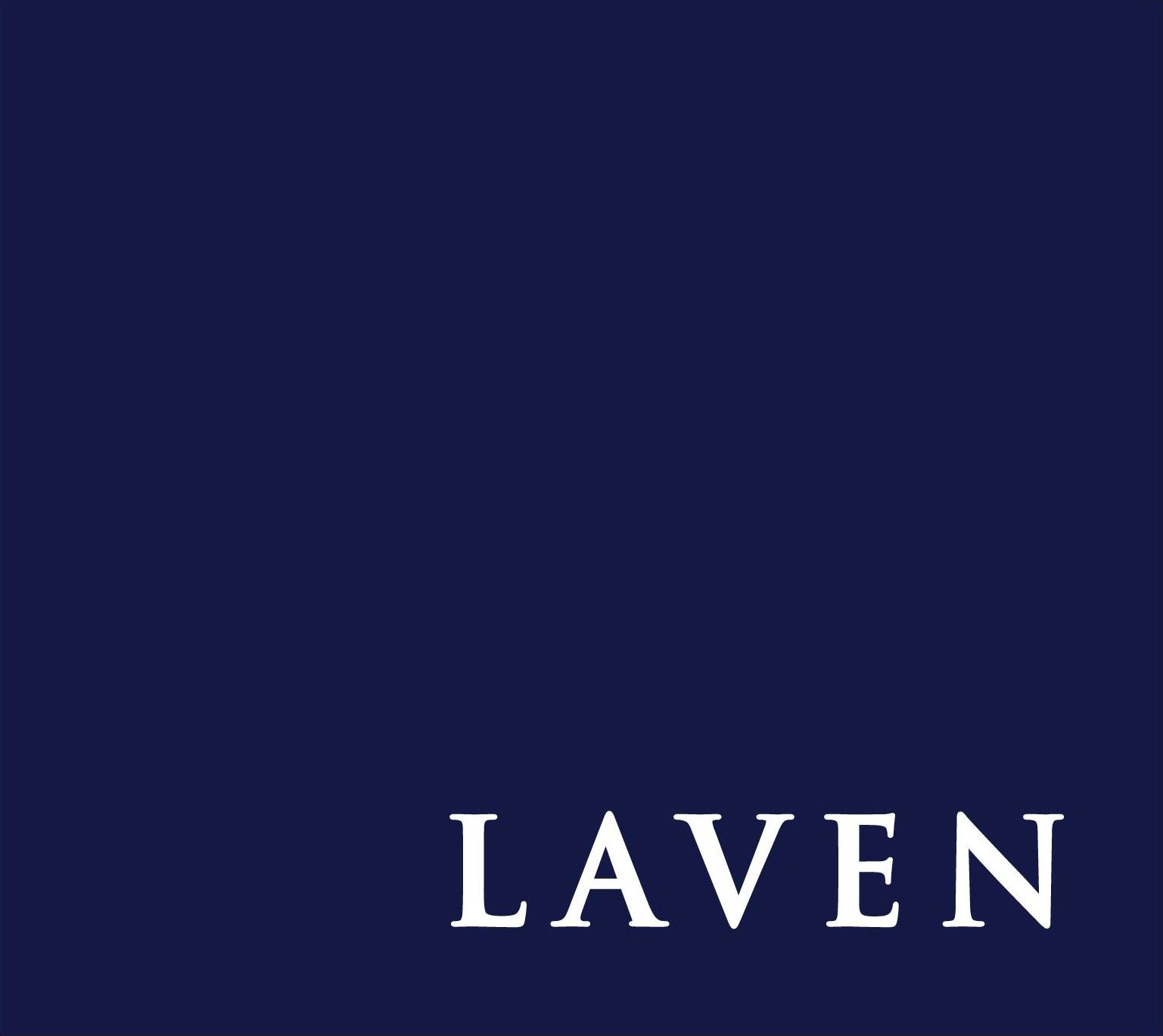Conflicts of interest is an aspect that is – although necessary for investment firms’ compliance processes – often considered after the event. It is hard to remember in the heat of the action and because it is not always easy to define, it is not the first thing that a commercial team will think about.
Under MiFID II, set to come into force on 3 January 2018, the rules on conflicts of interest will require firms to examine their processes in much more detail. Under the current MiFID regulations, firms are already obliged to properly manage conflicts that could arise between their clients and themselves, or between separate clients. This involves constructing a comprehensive policy, initiating conflict management and disclosing any potential conflicts to clients. Many firms are of the belief that most elements stay the same in terms of requirements for conflicts of interest under MiFID II, however the rules are a lot stricter regarding the depth of detail that is required.
For instance, MiFID II will require firms to assess all risks instead of just “material risks” as they are currently required to do under MiFID. It is also apparent that, to date, firms have depended too much on disclosing risks (and not dealing with their mitigation), as opposed to managing them or even managing the potential of arising conflicts. This is now required and will stretch resources especially in mid-sized firms, as this will need to be documented and demonstrated as having been done.
In addition, a report on conflicts must be provided to senior management at least annually, which is also when firms must consider and review their conflict policies. As the market knows, these reviews often lead to few, if any, changes and thus why they are often missed, delayed or forgotten. Since MiFID II requires firms to explain their actions on a much deeper level when they identify and manage potential arising conflicts, those annual reviews will need to be done and catalogued properly with evidence of reasonable thought and consideration having been given to the issues of all conflicts affecting the firm. The exercise is probably going to involve asking various members of staff to assess as broadly as possible where conflicts lie or may arise. This can be done through regular questionnaires which staff can feed back to the compliance team. The questionnaires will, in turn, be brought back to the attention of senior management and should lead to more scrutiny of the firm’s policies and a useful review and/or expansion of disclosures included in documentation.
Moreover, firms that offer corporate finance services (e.g. pricing, placing of securities, underwriting, etc.) are exposed to additional measures (set out in Art.38-43 in MiFID II implementation regulations), which adds to their burden in view of their activities.
In essence, to ensure that a firm is MiFID II-ready, it must be certain that its current conflicts of interest procedures are robust enough and, if necessary, expand them. It is also important that firms review – and if need be – expand their register of conflicts to not only include “material”, but all potential risks. This involves not just adding words into policies and forms but ensuring also that staff undergo conflicts training to strengthen their understanding on identifying and managing conflicts and what policies and procedures to follow.
Disclosure of conflicts should no longer be used as a default option, but instead only when absolutely inevitable, as a means of last resort. Disclosing a conflict of interest is not a way of managing that conflict properly and disclosure can only be used when the firm’s administrative arrangements to manage conflicts are inadequate or have failed. Where a firm relies on disclosure, it is obliged to state clearly that the organisational and administrative arrangements put in place to prevent (or manage) conflicts are not sufficient to make certain – with reasonable confidence – that the risks of any possible damage to the client’s interests can be prevented. Whenever conflicts are disclosed, these conflicts will be liable to additional obligatory requirements. If a disclosure is made, for example, it must be in a durable medium and entail sufficient detail to allow the client to make a well-informed decision concerning the service in the context of which the conflict arises. This, in itself, will probably add 20% more compliance work throughout the year to a mid-sized firm and more for a larger firm. In this regard, MiFID II should end up causing a change in culture, which is the aim of the regulators.
The combination of market-abuse rules and MiFID II enables the FCA to view the market as a whole and be much more rigorous in identifying breaches of their rules. It will allow the FCA to detect serious conduct – especially suspected manipulation – much earlier than before. The number of investigations the FCA has currently on its books is at an all-time high. There has been an increase of 75% in the probes taken by the FCA, partly due to a new system that counts every individual instead of every matter. Companies that have done little to prepare for MiFID II, which is set out to inject more transparency and lessen conflicts of interest, were put on notice that they will be in the centre of interest of the FCA. Firms that have shown no real or genuine attempt to be ready for MiFID II will be the first ones in crosshairs with the FCA.
If you are reviewing policies or establishing processes in your firm ahead of MiFID II, Laven Partners can help you. We also have automated software-driven solutions for the MiFID II directive that relate to non-financial reporting, compliance processes, client categorisation and record keeping. Contact us here for more information.




